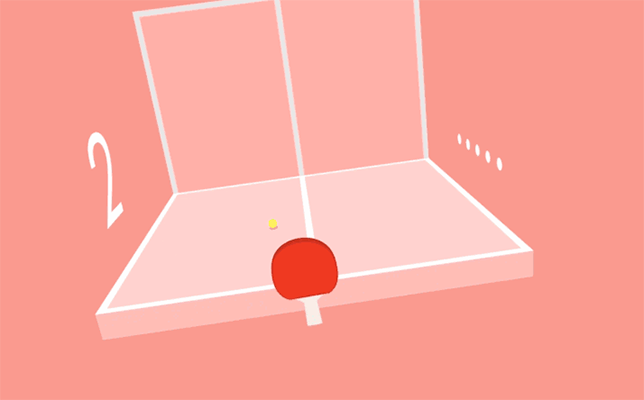Google Cardboard Users Can Now Play WebVR Experiments
In February, Google added WebVR to Chrome on Daydream-ready phones (like Pixel and ZenFone). The WebVR standard allows users to view virtual reality (VR) experiences in a browser like Chrome by simply tapping a link and putting on a compatible headset. Yesterday, the company revealed it added support for Google Cardboard and launched a new homepage for web-based VR experiments.

Users can test out games in WebVR Experiments, like Konterball (above), using Google Cardboard.
Google Creative Lab’s Creative Technologist Jonas Jongejan wrote in a blog post announcement that everyone “should be able to experience VR,” and now anyone with an Android phone and Cardboard can — including K–12 classrooms, which favor the headset.
In addition, many of the VR projects showcased on the newly launched WebVR Experiments website seem to be kid-friendly: Users can play VR ping pong, search for robots or explore the world with their voice, to name a few projects.
The platform is compatible with all browsers “to make it easier for developers to create something quickly and share it with everyone, no matter what device they’re on,” the post said. The WebVR Experiments site includes resources and open source code for developers to start building in WebVR. (Developers can submit what they make for a chance to be displayed in the gallery.)
Individuals without Cardboard or Daydream can still try out the WebVR Experiments via desktop or on any phone in 2D. According to the blog post, WebVR support on Chrome for Oculus Rift and HTC Vive is “coming soon.”
Learn more by watching the video below.
About the Author
Sri Ravipati is Web producer for THE Journal and Campus Technology. She can be reached at [email protected].